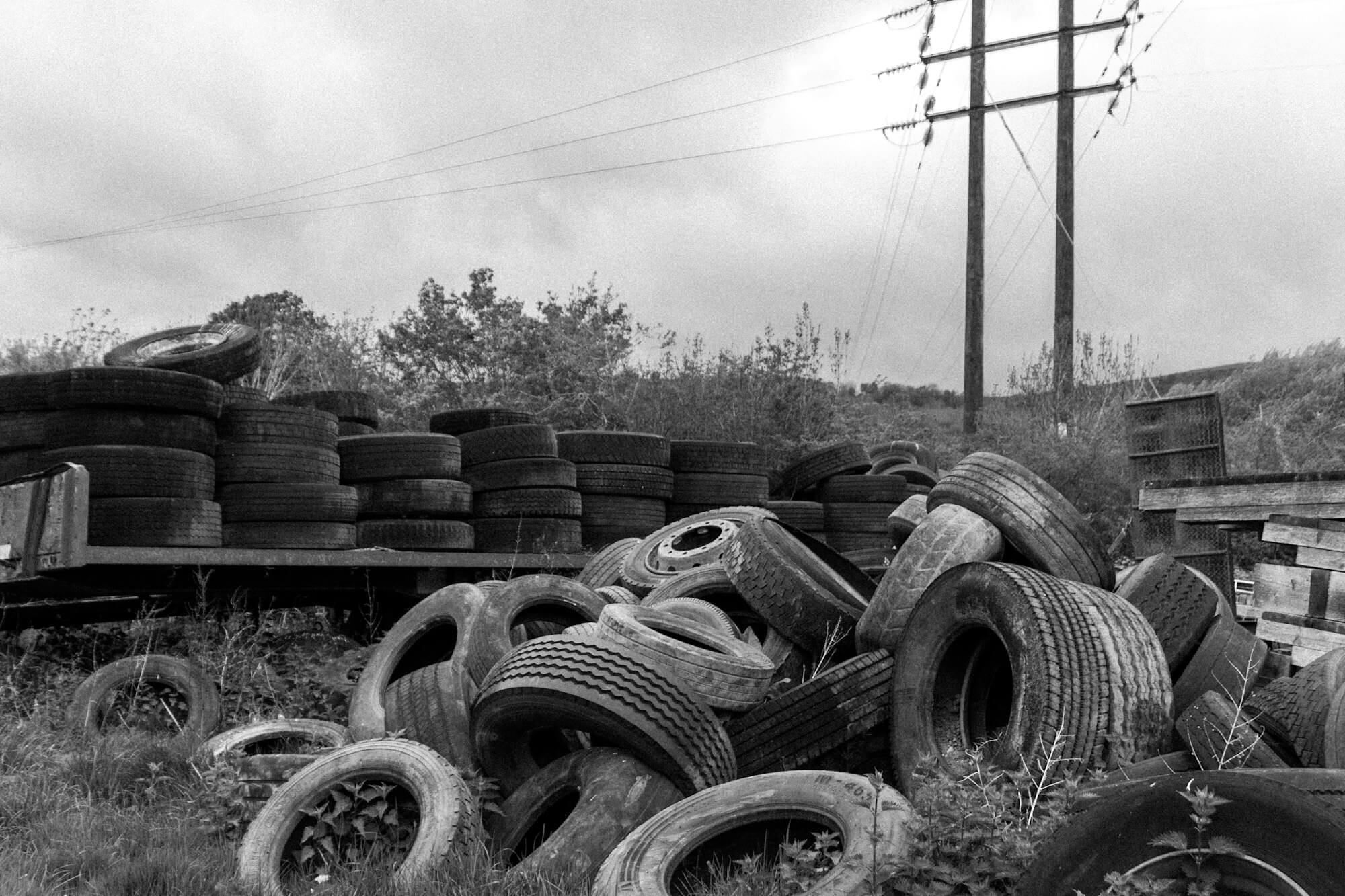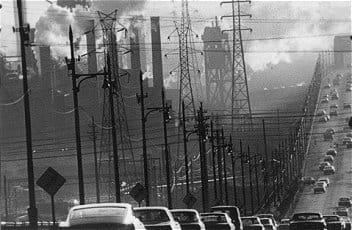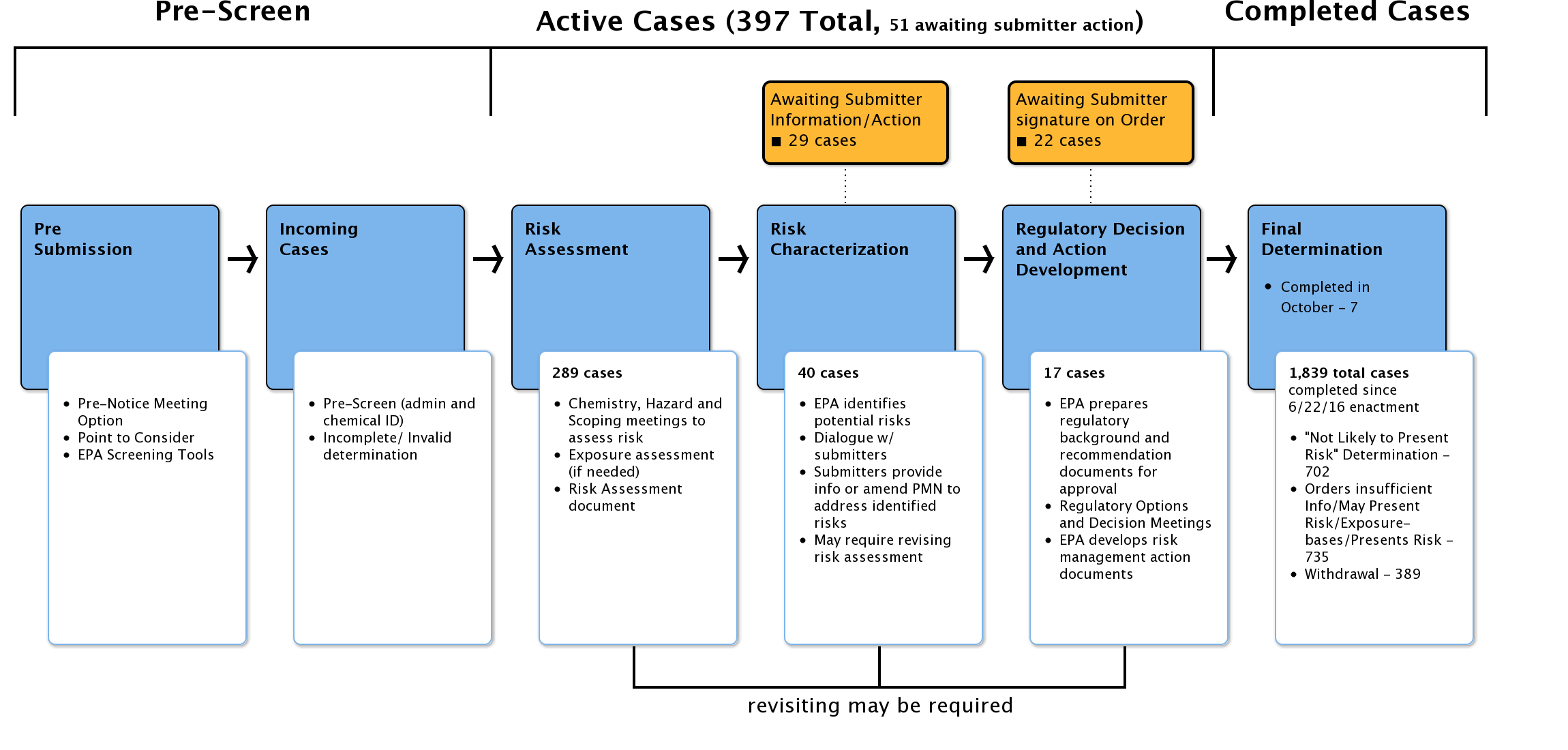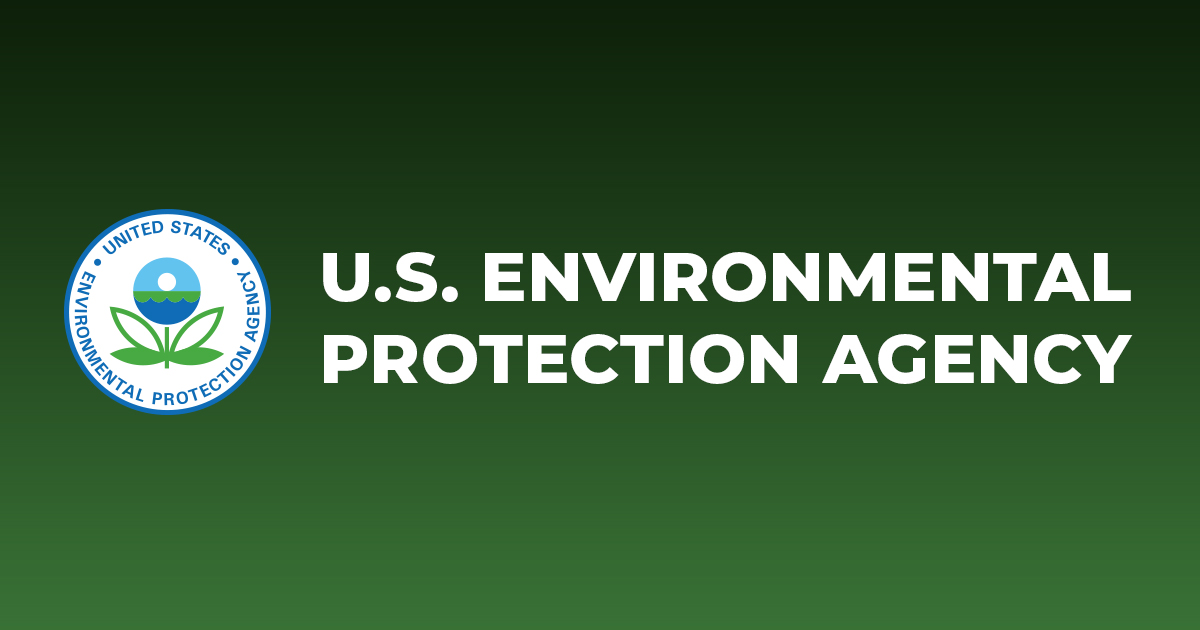The EPA & Earth

A medium block of time ago in the early 1960s people started talking about the damage to our Earth - they were getting upset with beaches damaged by oil spills and rivers that caught on fire laced with chemicals. Additionally, as we visited outer space and learned our planet's resources were limited - public concerns kept rising.
So the 1970s the president at the time was like - "Congress come on - lets start a new agency and combine all the environmental responsibilities under one agency". This led to the creation of the Environment Protection Agency (EPA) which roughly had the following goal in 1970.
- Research pollutants regardless of how they are perceived in media
- Monitor the condition of environment to establish baselines
- Set and enforce standards to protect our Earth
- Support states for pollution and waste disposal programs

As the agency began to form there was forms of environment damage that seemed a bit obvious and clear for the EPA to intervene with. This started with the investigation of Armco Steel who was dumping roughly half a ton of chemicals (cyanide, ammonia, phenol) into the Houston Ship Channel daily.
This was obvious to citizens as the fish beds and fish were dead - something was of course going on. Armco faced a problem - quit dumping toxins or get shut down. Like a classic American business - they first tried a different approach. Armco leaked to the media the possibility of laying off 300 people due to this regulation. Not only that, but they got caught funding the Nixon campaign and led to this real ugly conflict of interest.
This led to a resolution and Armco moved towards no longer dumping harmful materials into the water instead leveraging incineration systems to safely dispose of the toxins.
The EPA was beginning to take shape and targeting companies damaging our Earth. This led to the initial five pillars:
- Water Quality
- Air Pollution
- Solid Waste
- Pesticides
- Radiation
These pillars were established because you can't clean the water if you destroy the air in the process, but this was a daunting task. How could a newly spawned agency understand such a wide variety of industries and complex technologies?
Of course the EPA borrowed time and people from a wide variety of agencies to make sense of these pillars. They leveraged experience from:
- Department of Interior
- Department of Agriculture
- Department of Health
- Department of Education
- Department of Welfare
- Council on Environmental Quality
- Atomic Energy Commission
- Federal Radiation Council


Kansas City (left) & Los Angeles (right) in roughly 1970s
This worked to give them an edge and understand some of the problems at hand. However years into the EPA cities were still smoggy and citizens still complaining - so what was wrong?
Well remember - folks didn't really like centralized government so the EPA relied on local/state agencies for a chunk of the inertia and effort to investigate and discipline big businesses. Companies relied on this aspect as they could much more easily bully around the state and change little to nothing in comparison to the Justice Department breathing down their neck.
The EPA knew they were fighting 2 different problems as well. It was one thing to target damage already occurring and force remedial action, but it was completely different to target new processes & chemicals prior to usage. Basically one was reactive and the other was proactive.
So this began the slow slow creation of the Toxic Substances Control Act (TSCA) which was finally signed in 1976. In basic terms this was going to regulate the manufacture, sale, distribution, disposal and use of chemicals. It would launch with two categories between "existing" and "new".

The new chemicals had a new process that must be followed - it basically required companies to submit a "Pre-Manufacture Notice (PMN)" with little testing on their proposed chemical. The burden then lies on the EPA with roughly 90 days to act on the incoming new chemical with commonly simulations of the intended chemical.
Sadly the EPA doesn't really react quick enough and 90 days isn't enough for the testing that might be required for some of these chemical tests. Once the 90 days passed without interaction - the business can move forward with production. It seemed the route for new chemicals wasn't really effective at all, in terms of blocking potentially harmful chemicals, at launch of this act.
On the existing chemical front in 1976 - the EPA had a big problem - they knew about roughly 62,000 chemicals but did not have good data on safety studies, health risks, etc. It would take them forever to perform research on all those chemicals themselves so they relied on the manufactures and companies to provide information on the chemicals.

This is where we saw companies lie (intentionally?) about the status of chemicals they were using. Take DuPont for example who knew something was off when women working on the line of Teflon had birth defects and serious health issues. They misrepresented ammonium perfluorooctanoate (c-8) so it wouldn't be regulated.
Obviously they knew that impossible to pronounce chemical (PFOA) was dangerous - they did testing and proved it. Yet DuPont didn't want to disclose that to the EPA as that would harm the massive amounts of profits they were raking in while producing Teflon products.
So only after hundreds of thousands of people got sick and proved a connection did anything happen. Yet DuPont knew after a few isolated tests with their own employees how dangerous a chemical was that our body could not break down. That scale of destruction to the greater population rivals Purdue and opioids in my head.
So in this specific case - if the EPA trusted companies to do the right thing and disclose the safety of chemicals - they were wrong. Time and time again in history we've seen companies push the profit margin over the safety of others. So we may have 62,000~ grand-fathered chemicals in the TSCA, but who knows how many actually present substantial risk on that list since we surely can't trust companies to accurately reflect the risk of each chemical.
Perhaps the parties involved in the creation of these acts and laws were aware how they didn't really accomplish much - maybe that is why the CERCLA act was signed in 1980 to tax chemicals in order to build up a fund to cleanup these mistakes. They might have realized the only option is a quicker reactive timeline to issues.
I do know my body is filled with "forever chemicals" unable to be broken down by my body much like nearly all of America. My water supply is probably damaged from the millions of gallons of phosphate waste leaking into the Florida aquifer.
However saying all of that - I've grown up and become accumulated to a lifestyle that probably requires all of this abuse. I bought a non-stick pan since it seemed amazing and I buy food and vegetables which have to be produced at a scale with phosphate to handle the influx of people shopping. I get happy when I get dividends which implicitly encourages the business to forego something (commonly safety) to push the profit margin.
Yet I can stand on a clean warm beach and think - this is beautiful, then on the way home drive by Piney Point and can see a huge wall of gypsum and a presumed pool of wastewater hiding within. I can drive across Florida to the space coast and drive by chunks of the Earth that look like they've been carved apart like a Minecraft world for presumed strip mining. Though I get home and live in a little bubble of beaches and parks.
Sources






